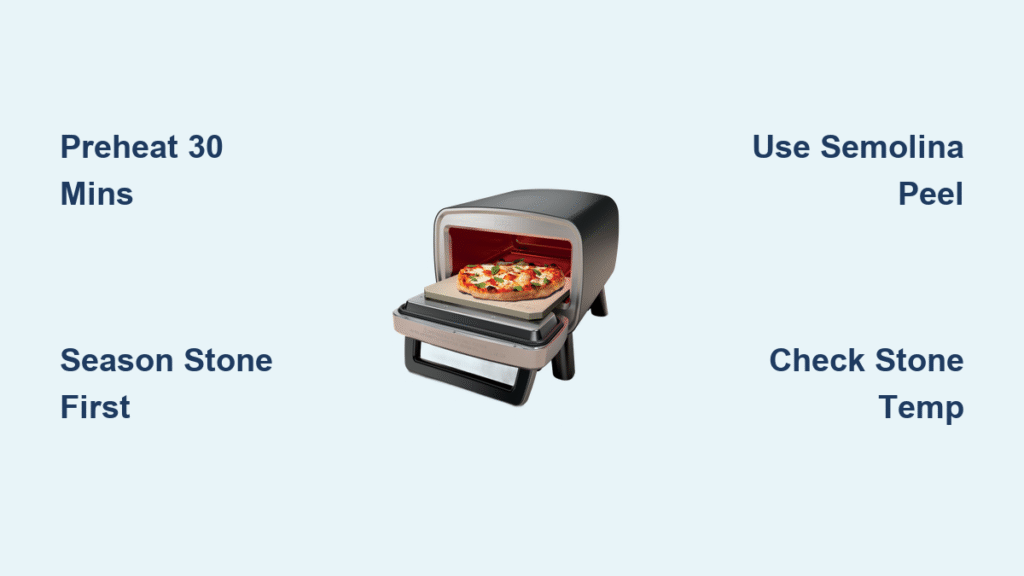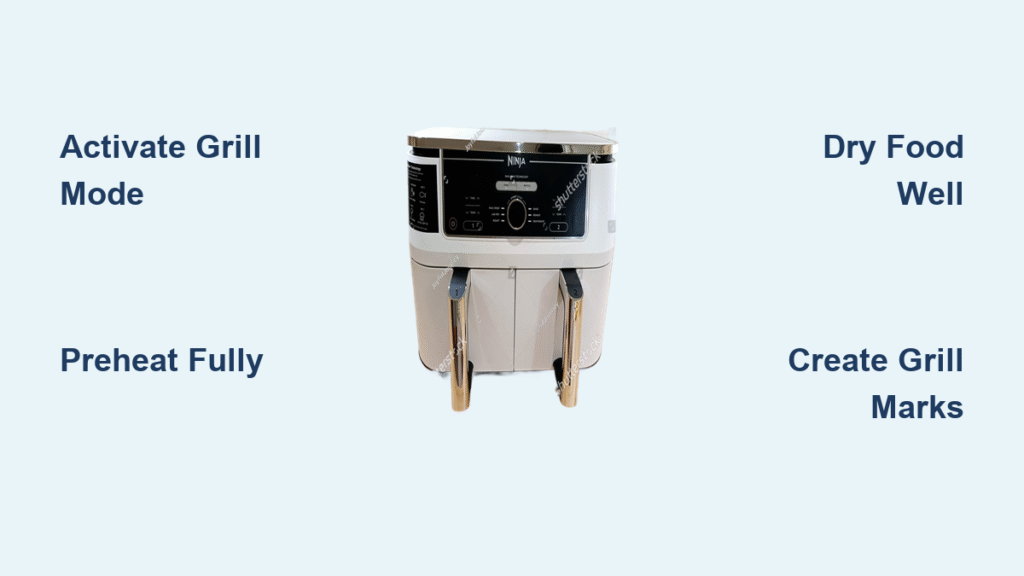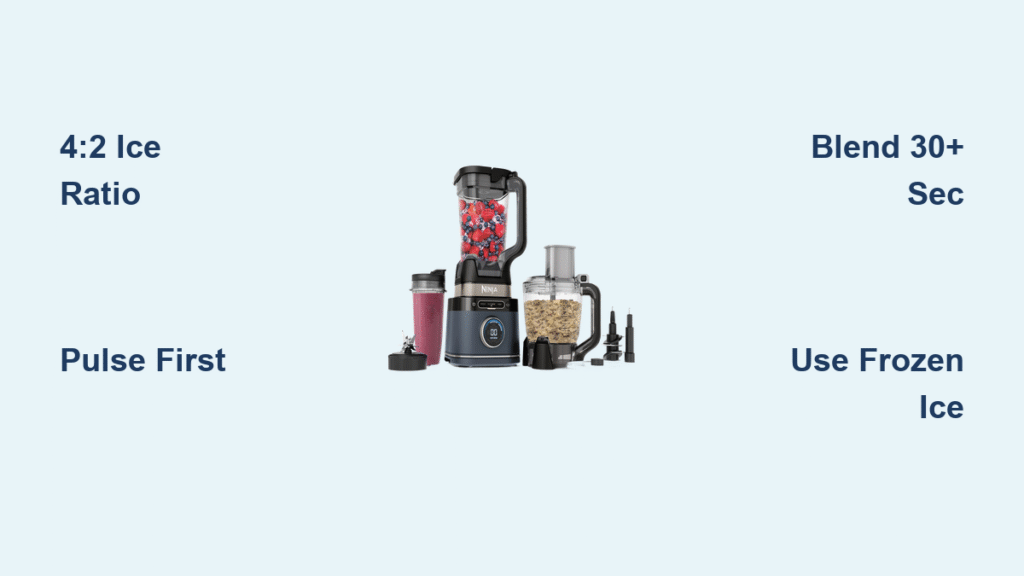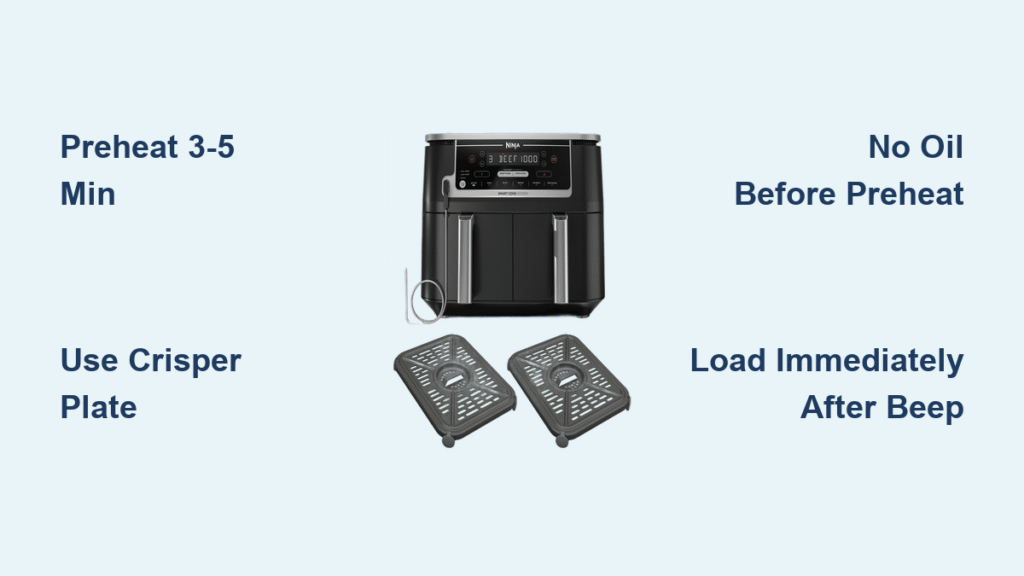That disappointing delivery pizza with soggy crust and uneven toppings? Your Ninja pizza oven is the game-changer you’ve been waiting for. This countertop powerhouse delivers authentic pizzeria results when you understand its unique heating dynamics. Forget generic instructions—this guide reveals exactly how to use Ninja pizza oven for flawless crust every time, whether you’re making a simple Margherita or experimenting with gourmet creations. Let’s transform your kitchen into a Naples-style pizzeria with techniques that work across all Ninja models.
Position Your Ninja Oven for Maximum Performance
Clear Critical Clearance Zones Immediately
Your Ninja pizza oven needs breathing room to operate safely and efficiently. Place it on a heat-resistant countertop with at least six inches of empty space on all sides—this prevents heat buildup that triggers overheating errors. Never tuck it into cabinetry or near paper towels, curtains, or wooden shelves. Verify the surface won’t warp under prolonged heat exposure by testing with a hot pan first. During operation, maintain a strict 3-foot child-free zone since exterior surfaces exceed 300°F.
Eliminate Packaging Hazards Before First Use
Unboxing requires special attention to avoid damaging your investment. Remove every scrap of plastic film from heating elements—melted residue causes smoke and error codes. Wash the baking stone and accessories in warm soapy water (never dishwasher), then air-dry completely to prevent thermal shock cracks. Inspect the power cord for nicks before plugging in, and always use a grounded outlet away from water sources. Skipping these steps risks E04 overheating errors during your first cook.
Unlock Perfect Pizza Through Strategic Seasoning
Season the Baking Stone Like a Pro
That first 30-minute empty bake isn’t optional—it’s essential for stone longevity. Set your Ninja to maximum temperature (typically 500°F) and run it empty with the stone inside. After cooling, lightly brush the stone with avocado oil using a paper towel. Reheat for 15 minutes, then wipe away excess oil. This creates a non-stick surface that prevents crust tearing during removal. Repeat this seasoning every 10-15 uses, but never use soap—the porous stone absorbs flavors and creates off-tastes in future bakes.
Master Temperature Control for Crisp Results
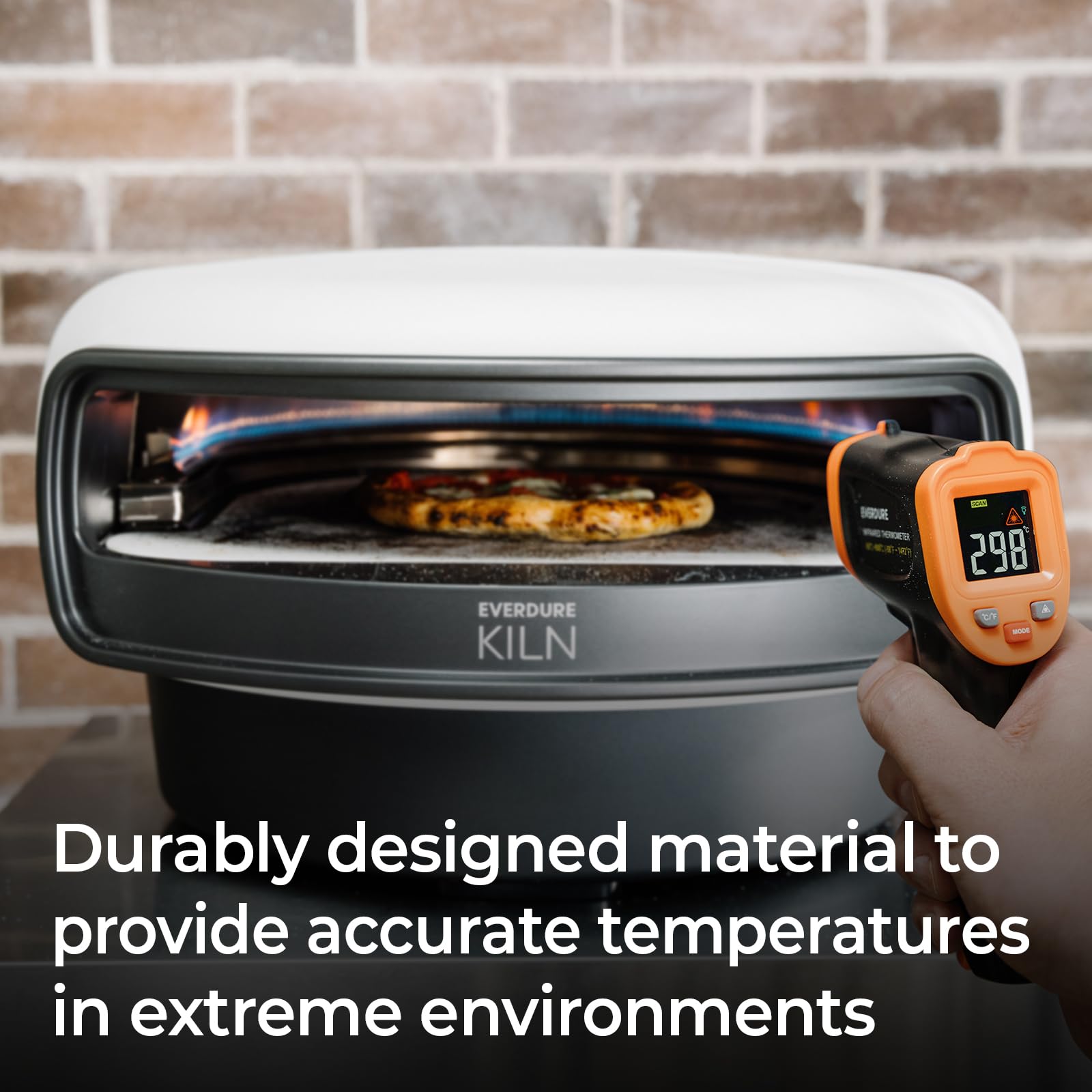
Decode Ninja’s Heat Zones for Different Styles
Your oven’s temperature display lies—actual stone temperature often runs 25-50°F cooler. Use an infrared thermometer to verify:
– 200-300°F: Reheating leftovers without rubbery cheese
– 400-500°F: Standard pizzas (preheat 20 mins)
– 550-700°F: Neapolitan-style (preheat 25-30 mins)
For deep-dish pizzas, drop to 425°F and use the included pan—attempting high-heat cooking with thick crusts triggers smoke alarms from trapped moisture.
Preheat Until the Stone is Truly Ready
That “preheat complete” beep? Ignore it. Most Ninja models require 5-10 extra minutes after the indicator for the stone to reach target temperature. Test readiness by sprinkling semolina on the stone—it should sizzle immediately. Rushing this step causes soggy bottoms, especially with wet toppings like fresh tomatoes. For temperatures above 500°F, extend preheating to 30 minutes while monitoring stone temperature with your infrared gun.
Perfect Pizza Loading in 3 Critical Steps
Stretch Dough to the Goldilocks Thickness
Roll dough to 1/8-inch thickness on a floured surface—thicker crusts won’t crisp properly in the Ninja’s intense heat. Bring dough to room temperature first; cold dough from the fridge creates dense, gummy centers. For 12-inch pizzas (the max for most models), use 7-8 ounces of dough. Overstretching causes thin spots that burn instantly, so stop when you see small bubbles forming.
Apply Toppings Like a Pizza Scientist
Sauce is the enemy of crisp crust: Use just 3 tablespoons for a 12-inch pizza, spreading thinly to within ½ inch of the edge. Pat fresh mozzarella dry with paper towels—excess moisture steams the crust. Pre-cook mushrooms, zucchini, and bell peppers to remove water content. Never overload: 6-8 ounces of total toppings max. For meat lovers, pre-cook sausage until 80% done to avoid greasy pools.
Slide Onto Stone Without Disaster
This is where most beginners fail. Generously dust your peel with semolina (not flour—it burns). Build the pizza directly on the peel, then shake gently to ensure it moves freely. Stand centered with the oven door fully open, then use one swift jerk backward to slide the pizza off. Hesitation causes folds and tears. If it sticks, lift the edge and blow air underneath—never force it.
Troubleshoot Cooking Catastrophes in Real Time
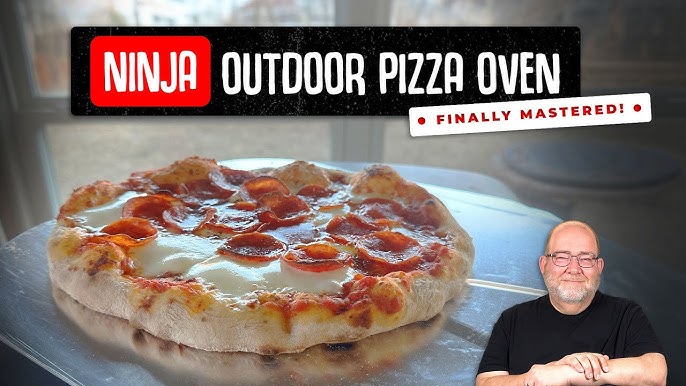
Fix Soggy Bottoms Before They Happen
If the crust isn’t lifting cleanly after 2 minutes, you’ve got problems. Immediately:
1. Increase temperature by 50°F
2. Rotate pizza 180° for even exposure
3. Reduce sauce quantity next time
Pro tip: Par-bake the naked crust for 90 seconds before adding toppings—this creates a moisture barrier.
Decode Burning Through Visual Cues
Watch for these critical signs during cooking:
– First 60 seconds: Healthy bubbles form across surface
– 1:30 mark: Crust should detach from stone when nudged
– Final 30 seconds: Cheese bubbles vigorously with light browning
If edges blacken before center cooks, your stone is too close to the top element. Lower it one rack position next time. Always use oven mitts rated for 500°F+—standard mitts melt on contact.
Cook Beyond Pizza Like a Ninja Chef

Roast Vegetables with Unmatched Caramelization
Skip your regular oven for vegetables. Toss root veggies in 1 tsp oil, spread on the stone, and roast at 425°F for 20 minutes. The Ninja’s infrared heat creates restaurant-quality char without steaming. For asparagus, 450°F for 8 minutes yields tender-crisp perfection. Critical tip: Shake the basket halfway—static placement causes uneven browning.
Sear Steaks with Precision Control
Your Ninja oven replaces the grill in winter. Pat steaks bone-dry, season aggressively, then:
1. Sear at 500°F for 2 minutes per side
2. Reduce to 400°F and cook 4-6 minutes more
3. Rest 5 minutes before slicing
The enclosed environment prevents smoke alarms while delivering a perfect crust. Use tongs—not forks—to avoid juice loss.
Clean Your Ninja Oven Without Damaging It
Scrape Stone Daily—No Soap Allowed
Let the oven cool 30 minutes minimum before cleaning. Remove the stone and scrape debris with a plastic scraper only—metal tools scratch the surface. Wipe the stone with a damp cloth; for stubborn bits, make a baking soda paste. Never submerge the stone—it absorbs water and cracks during next use. Clean heating elements with a soft brush to prevent E02 error codes from grease buildup.
Deep Clean Monthly to Avoid Smoke Alarms
Monthly maintenance prevents the #1 Ninja complaint: excessive smoke. Vacuum crumbs from the bottom tray with a brush attachment. Check ventilation slots for grease clogs using a flashlight. For stone stains, rub with coarse salt and a damp cloth—this lifts residue without soap absorption. If you smell burning during preheat, deep clean immediately before cooking.
Avoid Costly Mistakes With Model-Specific Hacks
Maximize Mini Oven Capacity (SP100)
The compact SP100 handles only 11-inch pizzas, but here’s how to optimize:
– Use 5-6 ounces of dough max
– Rotate pizza every 45 seconds (single-zone heat)
– Place stone on lowest rack position
– Skip parchment—it restricts direct heat transfer
Attempting 12-inch pizzas causes uneven cooking and triggers E03 door sensor errors from forced door closure.
Unlock Dual-Zone Power (DT201/DT251 XL)
The XL models let you control top and bottom heat separately—a game-changer for thick-crust lovers. For deep-dish:
1. Set bottom zone to 400°F, top to 350°F
2. Par-bake crust 8 minutes
3. Add toppings, increase top zone to 450°F
4. Cook 12 minutes until cheese bubbles
This prevents burnt edges with raw centers. Use both stones for party-sized batches, but stagger cooking times by 5 minutes.
Your Ninja pizza oven rewards patience with results no takeout can match. Start with simple Margherita pizzas to calibrate your timing, then experiment with sourdough crusts and gourmet toppings. Remember: Proper preheating and stone temperature verification solve 90% of cooking issues. Within weeks, you’ll develop an instinct for those perfect leopard spots and crackling crust. Now unbox that oven, season your stone, and taste the difference true high-heat cooking makes—your pizza nights will never be the same.

